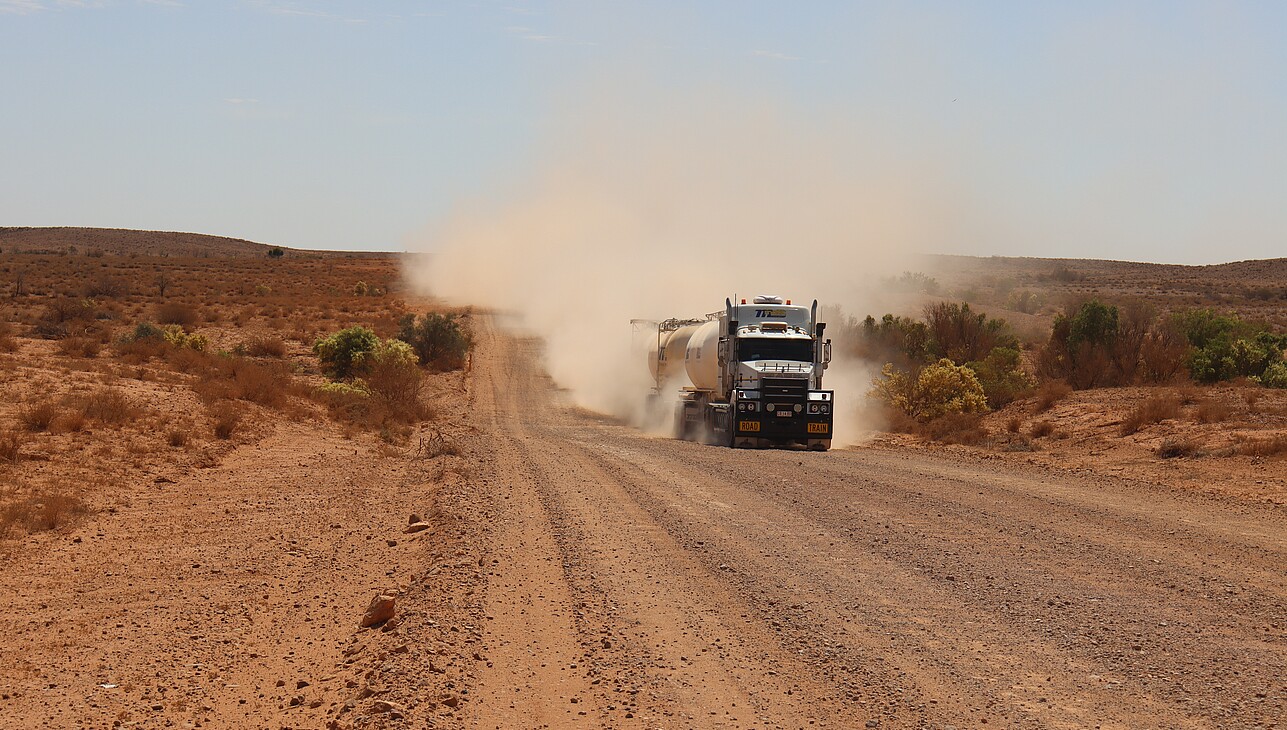

Desperate customers, disrupted transportation, extreme weather, energy shortages, pandemics, war – businesses everywhere are wrestling with the fear that they will have to live with much more volatility than ever before. To make matters worse, few industries have developed expertise in dealing with the prospect of ongoing disruptions and perpetual uncertainty. Harwin de Vries, assistant professor at RSM whose research focuses on health and humanitarian logistics, points out the expertise that’s already in the humanitarian sector.
Several industries offer good models for designing a supply chain that can cope with cyclical or sporadic trouble. But for a clearer idea of how to handle multiple, ongoing crises, global humanitarian organisations might provide one of the best models. Groups such as the World Food Programme (WFP) and Doctors without Borders (Médecins Sans Frontières – MSF) specialise in delivering services directly to the victims of low-probability, high-impact events. In fact, they have decades of experience in getting life-saving supplies to people who need it, despite collapsing governments, broken infrastructure, and war.
Humanitarian groups deal with a great number of logistical challenges, the same kind of challenges that are a huge concern for many global businesses. Deliveries are a core part of most emergency humanitarian operations: supply chain activities consume 73 cents of every euro they spend on a typical emergency mission.
Most importantly, perhaps, humanitarian groups have already been through something like the crisis of confidence many businesses are feeling now. As in the private sector, often something needs to happen to prompt an action, and for humanitarian organisations that wake-up call followed a series of disasters in recent decades – including Hurricane Mitch in 1998, the Indian Ocean tsunami in 2004, Hurricane Katrina in 2005, the Haiti earthquake in 2010, and Fukushima in 2011. The limitations in the humanitarian response led many organisations to decide they needed to professionalise their supply chains.
What could business learn from WFP, MSF, and other humanitarian relief organisations?

The humanitarian sector spends a lot of time considering how to deliver a better response to the next disaster.
By contrast, many businesses are reactive: they try to improvise when something happens but spend very little money and effort assessing and mitigating risks before the incident. They also have not learned the lessons from non-governmental organisations (NGOs) about the importance of instilling a culture of preparedness and risk management.
Being prepared is definitely worth the effort: there is growing evidence that one dollar invested in disaster preparedness saves seven in the aftermath. That estimate might not hold exactly true for the private sector, but there are plenty of cases in which supply chain disruptions have had a significant impact on stock prices and profits. When you consider that the 2021 Suez Canal blockage cost businesses an estimated US$400 million an hour, allocating time and resources to emergency scenario planning suddenly seems a lot less expensive.
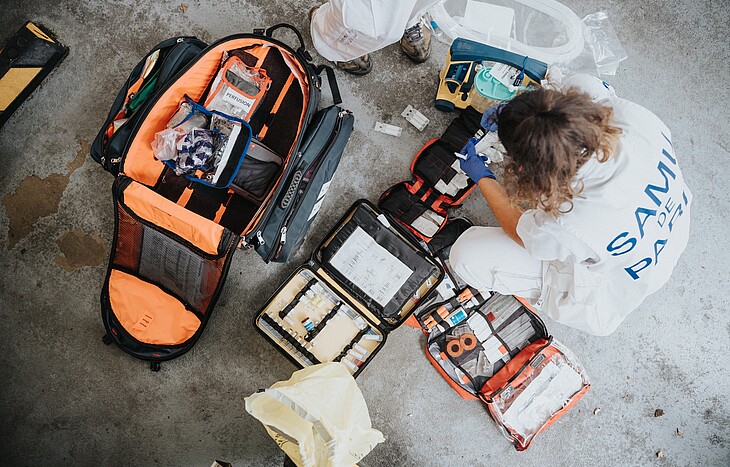
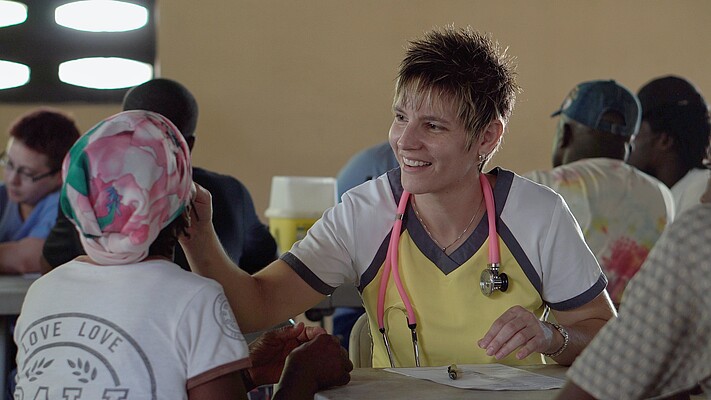
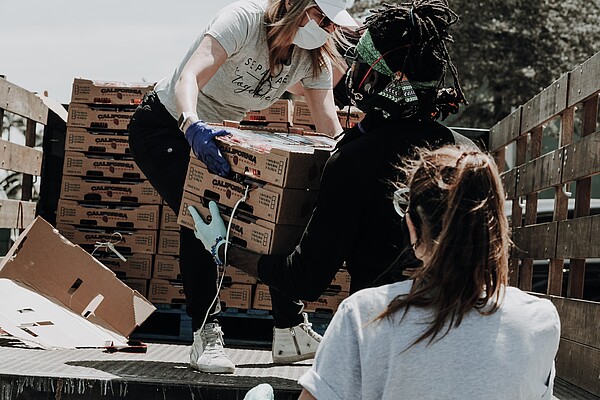
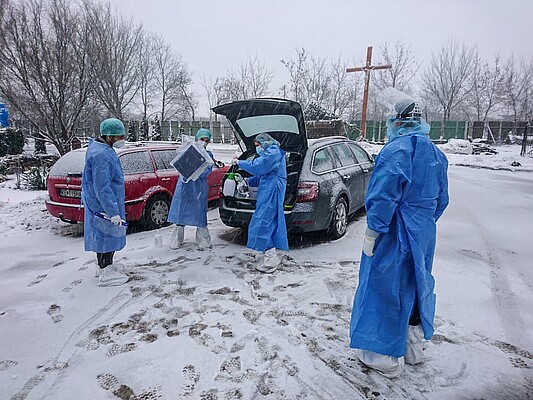
Humanitarian organisations have developed a substantial toolbox of preparatory measures, including:
MSF, WFP, and other organisations have realised that it pays to think holistically. Often, for example, organisations know there is no need to fly in certain goods because they are still available at the location. Frequently, the best thing you can do for people that need aid is to send money and let the local supermarket and pharmacy provide. Now roughly 20 per cent of aid is transferred directly to the beneficiaries in the form of cash and vouchers.
All in all, it’s much more sophisticated than the typical corporate approach. When companies are faced with the prospect of a disruption, most of them see only three options: increasing inventory, adding back-up suppliers, or bringing capacity back to their home market.
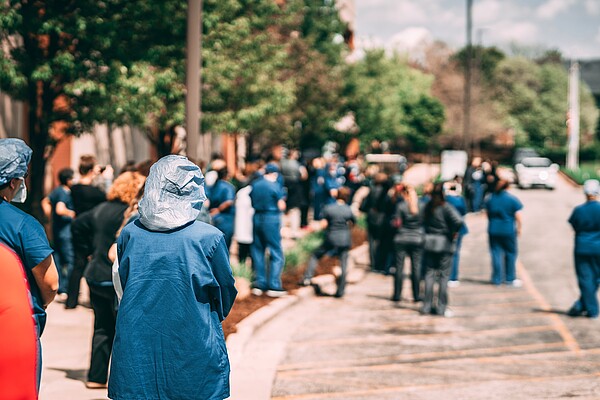
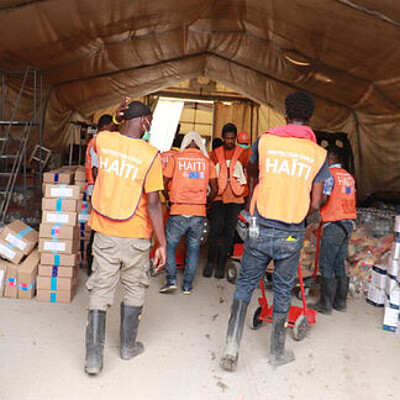

Humanitarian organisations put a lot of effort into analysing possible disaster scenarios in the countries and regions where they operate, assessing what gaps they might face if a particular event occurs. This leads to preparedness plans that are tailored to a country's demand side risks (events that can increase demand for essential goods and services) and supply side risks (events that can reduce supply of essential goods and services).
Analysing potential unintended effects is an important step in the development of such preparedness plans. For example, it’s possible to exacerbate economic trouble by giving help that is either superfluous – because another organisation is already giving the same help – or the need for those particular goods doesn’t exist. In some places, for example, well-meaning donations of clothing to impoverished Africans have served to destroy the local clothing economy instead. In Haiti, too, shipments of peanuts after the last major earthquake harmed business for local peanut farmers.
Most businesses are not used to thinking through to this degree what they are likely to need. Instead, when they feel the effect of disruptions, many over-react by looking for a one-size-fits-all risk mitigation measure and overlook potential unintended effects.
For example, many companies are discussing whether to abandon just-in-time stocking and move towards ‘just-in-case’ stock levels, because of the supply chain disruptions seen over the past three years. This is an overreaction that leads to a lot of waste. We are seeing the results already: companies such as Walmart and Target have way too much inventory and have been financially hit hard by that.
Similarly, the supply chain crisis caused lots of talk about reshoring: moving production back to the USA or Europe. This too might prove an overreaction. It is widely accepted that for many products, reshoring might have little – or even adverse – impact on supply chain risk, and the potential advantages might be outweighed by huge disadvantages (e.g., transitioning costs, killing local innovation networks, or distance to important growth markets).
In the future, the business world will likely continue to face a cascade of supply chain crises. Decades of efficiency-focused management, globalisation, and outsourcing have made supply chains extremely vulnerable. The world is also seeing increasing trends in climate-related events and geopolitical tensions, which are exacerbating supply chain risks even further.
Thoughtful analysis and management of the ongoing supply chain crisis offers an opportunity to get through the next crisis and also cultivate a significant source of competitive advantage: supply chain resilience. In this pursuit, companies really can learn a lot from global humanitarian organisations.

Science Communication and Media Officer
Rotterdam School of Management, Erasmus University (RSM) is one of Europe’s top-ranked business schools. RSM provides ground-breaking research and education furthering excellence in all aspects of management and is based in the international port city of Rotterdam – a vital nexus of business, logistics and trade. RSM’s primary focus is on developing business leaders with international careers who can become a force for positive change by carrying their innovative mindset into a sustainable future. Our first-class range of bachelor, master, MBA, PhD and executive programmes encourage them to become to become critical, creative, caring and collaborative thinkers and doers.
